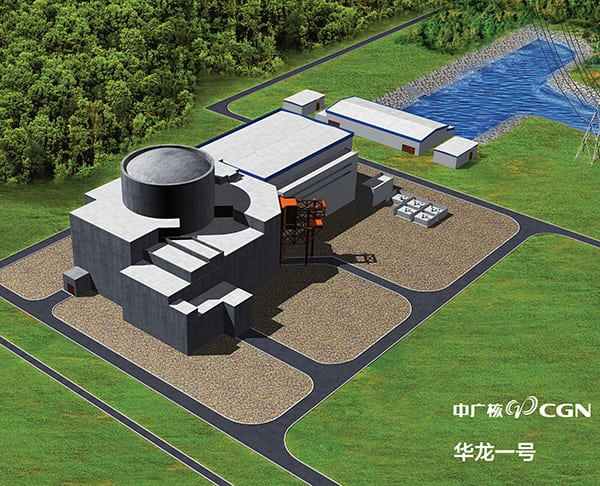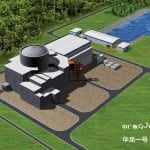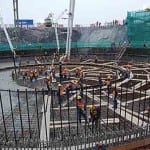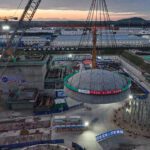Argentina’s Ministry of Federal Planning in early February signed an agreement with the National Energy Administration of China and China National Nuclear Co. (CNNC) to build Argentina’s fourth nuclear reactor, an 800-MW CANDU design, on the site of the existing Atucha nuclear power plant. Under the agreement, Nucleoeléctrica Argentina—holder of the rights to Canadian CANDU technology—will design, build, and operate the new reactor. CNNC will provide equipment, goods, and services for the project. Construction could take up to eight years. Argentina has three operational nuclear power plants: Embalse, Atucha-1, and Atucha-2, which was commissioned and renamed “Nestor Kirchner” in 2014.
But the country’s fifth nuclear plant may be a Chinese-designed light water reactor that merges CNNC’s ACP1000 and China General Nuclear’s (CGN’s) ACPR1000 designs in one “standardized design”—Hualong One. Days after the CANDU agreement, officials from Argentina and China signed another cooperation agreement that provides for Nucleoeléctrica Argentina to be the architect-engineer of the Hualong One project and calls for maximum local content in the new unit. CNNC will now provide Nucleoeléctrica Argentina with a proposal covering “technical, commercial aspects, pricing and financing” for the new reactor. The two governments must approve the proposal for the deal to advance.
The agreement marks a milestone for China’s fledgling efforts to export nuclear reactors. If it all pans out, it will be the first international order for the Hualong One (Figure 1). China already plans to use the design at its fifth and sixth units at the Fuqing site in Fujian Province.
According to the World Nuclear Association, the reactor design came into being after China’s National Energy Administration ordered CNNC and CGN to merge their two third-generation reactor designs—both of which are three-loop designs based on the French M310—in 2011. The Hualong One features a 177–fuel assembly core, diversified and redundant safety systems, a single-reactor layout, and double containments. Both CNNC and CGN have their own supply chains for the Hualong One, which means their versions will differ slightly. The Fuqing plant will feature CGN’s version.
—Sonal Patel, associate editor











